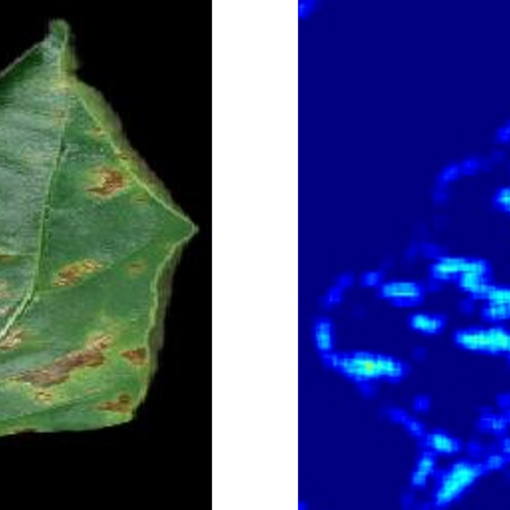A new MOX report entitled “Fast and robust parameter estimation with uncertainty quantification for the cardiac function” by Salvador, M.; Regazzoni, F.; Dede’, L.; Quarteroni, A. has appeared in the MOX Report Collection.
The report can be donwloaded at the following link:
https://www.mate.polimi.it/biblioteca/add/qmox/74/2022.pdf
Abstract: Parameter estimation and uncertainty quantification are crucial in computational cardiology, as they enable the construction of digital twins that faithfully replicate the behavior of physical patients. Robust and efficient mathematical methods must be designed to fit many model parameters starting from a few, possibly non-invasive, noisy observations. Moreover, the effective clinical translation requires short execution times and a small amount of computational resources. In the framework of Bayesian statistics, we combine Maximum a Posteriori estimation and Hamiltonian Monte Carlo to find an approximation of model parameters and their posterior distributions. To reduce the computational effort, we employ an accurate Artificial Neural Network surrogate of 3D cardiac electromechanics model coupled with a 0D cardiocirculatory model. Fast simulations and minimal memory requirements are achieved by using matrix-free methods, automatic differentiat! ion and a utomatic vectorization. Furthermore, we account for the surrogate modeling error and measurement error. We perform three different in silico test cases, ranging from the ventricular function to the entire cardiovascular system, involving whole-heart mechanics, arterial and venous circulation. The proposed method is robust when high levels of signal-to-noise ratio are present in the quantities of interest in combination with a random initialization of the model parameters in suitable intervals. As a matter of fact, by employing a single central processing unit on a standard laptop and a few hours of computations, we attain small relative errors for all model parameters and we estimate posterior distributions that contain the true values inside the 90% credibility regions. With these benefits, our approach meets the requirements for clinical exploitation, while being compliant with Green Computing practices.



